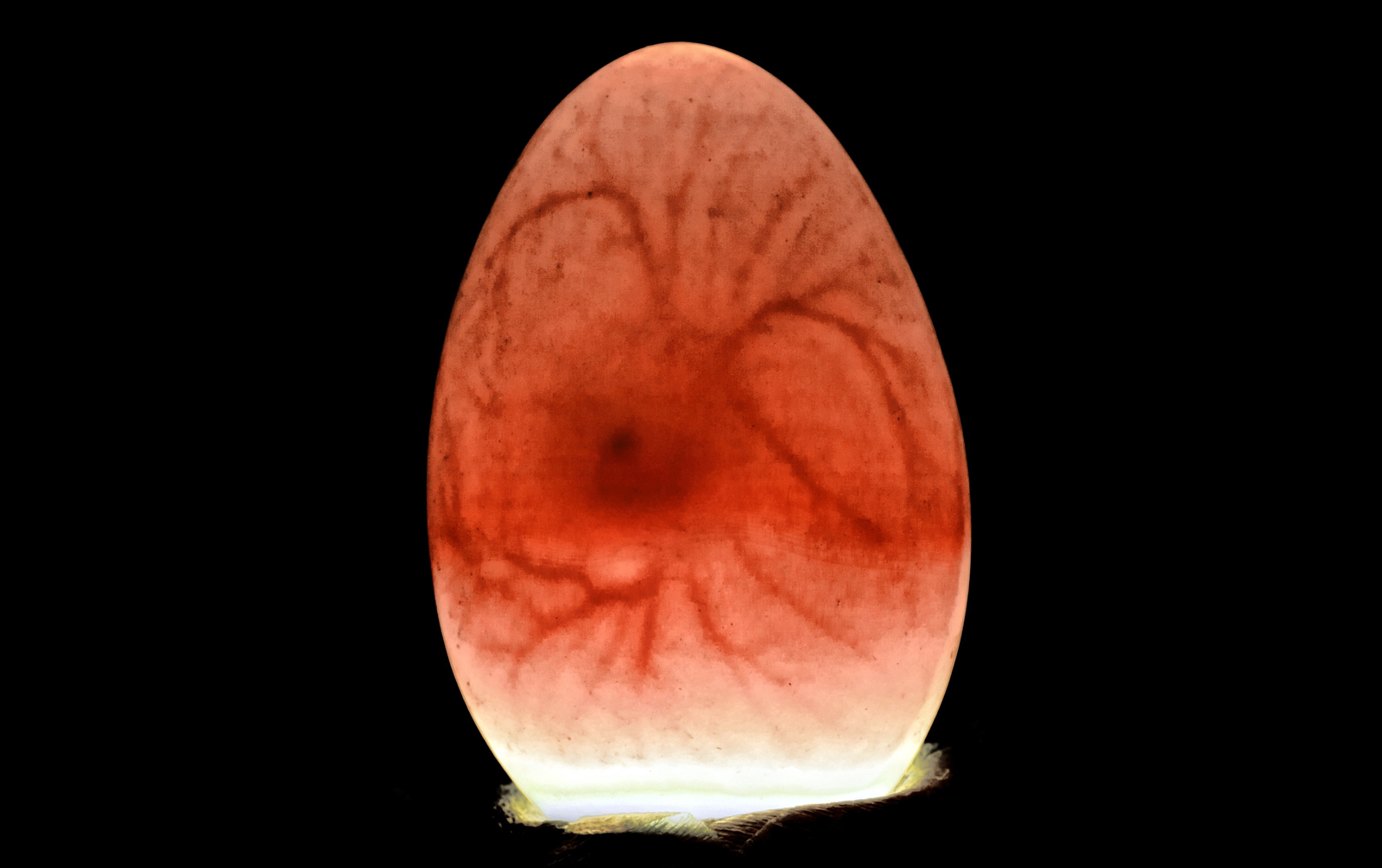The importance of early nutrition

Growth rate and feed conversion are needed to bring pigs and poultry to the optimal weight for ?the best economic results. To achieve this, a ?well-developed gastro-intestinal tract with a ?balanced microbial ecology and strong immune ?system is required.
In many ways, the lives of pigs and broilers are different – eggs versus liveborn, feathers versus skin, wings versus legs – six weeks versus six months. In one way, however, they are remarkably similar, and this is when it comes down to nutrition. Both animal species benefit from targeted nutrition at the right moment and in both cases, feeding the young animal aptly is pivotal. And one simply cannot start young enough. A newly hatched broiler chick increases its body weight by 25% overnight and in the first week almost 20% of the total growth takes place at a feed conversion ratio of 1:1. A piglet’s potential for growth right after birth is significantly substantial compared to later phases of its life. This article touches on five stages in the young animals’ lives where correct feeding and application of feed additives can make a difference.
The feeding stages for broilers from Maternal nutrition – Embryo – Chicks
The feeding stages for pigs from Maternal nutrition – Birth piglet – Piglets on fibrous diets
Investing in their future
More and more trials are being done to uncover the importance of early nutrition, from gestation to post birth. Controlling pathogenic bacteria in the intestine and promoting the development of balanced microbiota in the gut is a worthy investment to grow healthy animals and sustainable food.
References available on request.













